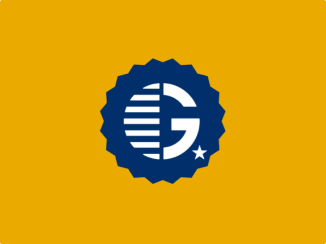#dormlife

- 01-Mar-2017
Goodbye Wilderness, Hello University of Canterbury
My five-week field camp is over. Our final week was spent mapping lava flows on Banks Peninsula. The work wasRead More ⇾

- 14-Oct-2016
The Trials & Tribulations of Everyday Incidentals
Imagine you're 18 and leaving home for the first time. Your zone of authority has most likely been relegated toRead More ⇾



